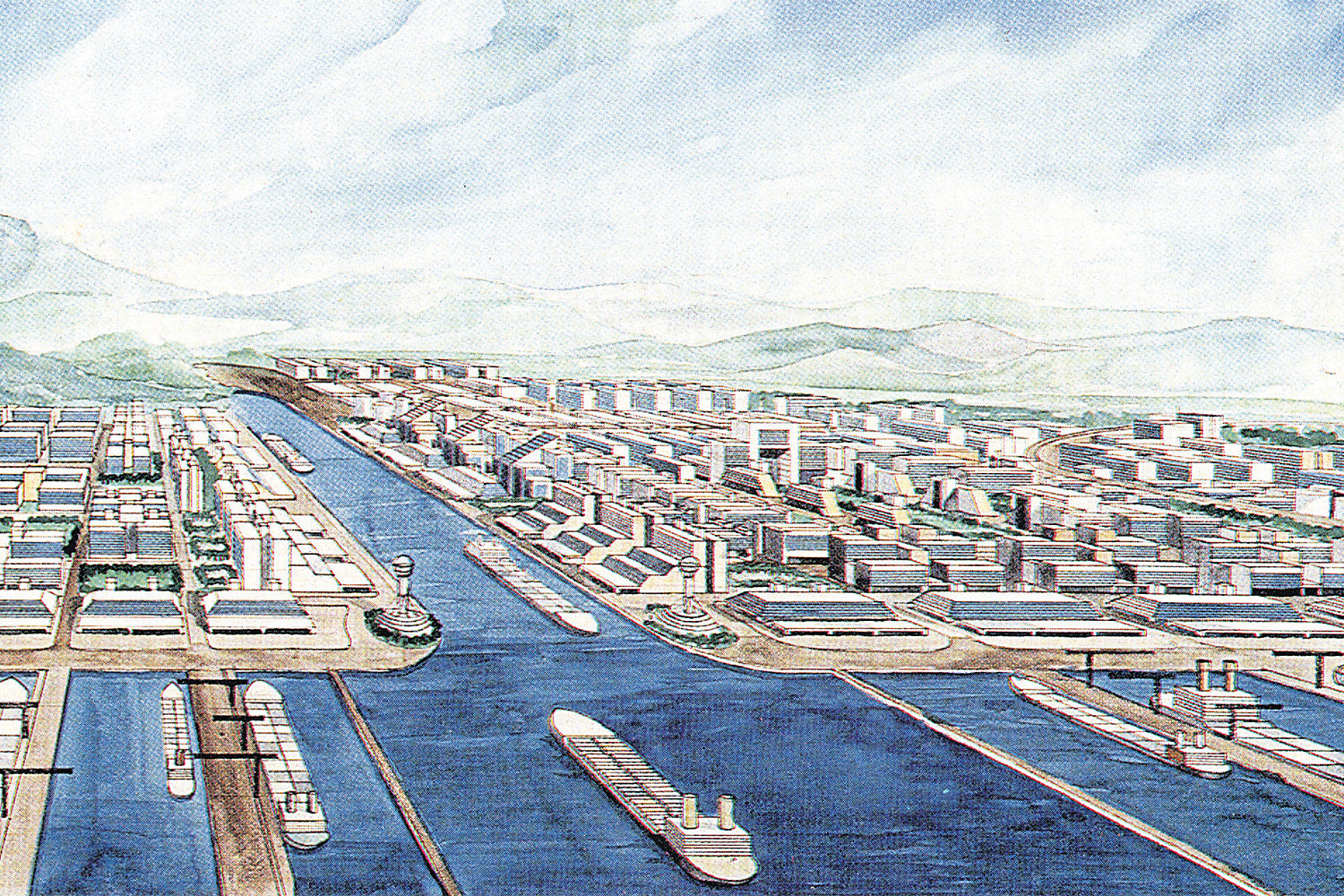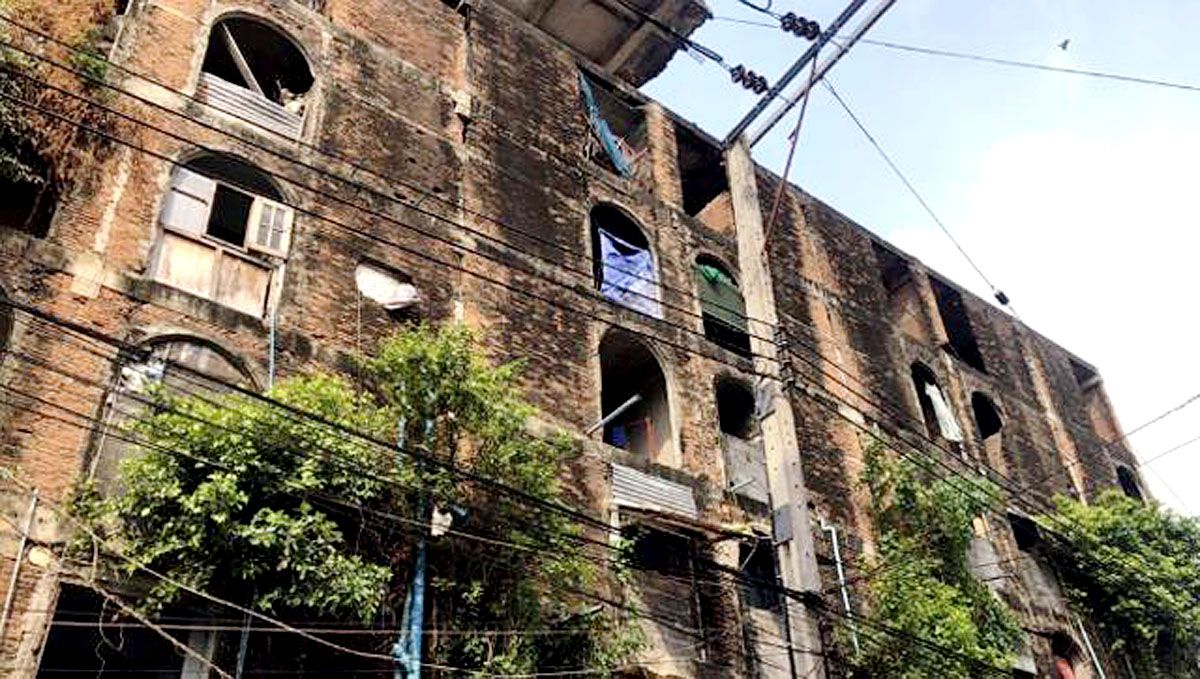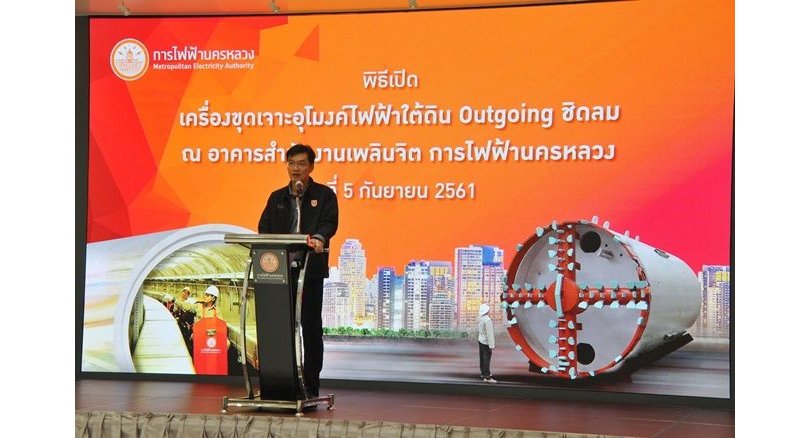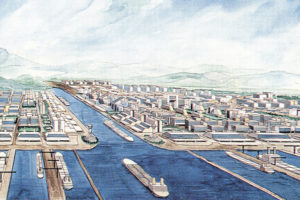
Is digging the Kra Canal across Thailand isthmus to connect the Andaman Sea and Gulf of Thailand still a pipe dream?
8 January 2020
Whenever the Kra Canal emerges as a news headline, two standard reactions occur. First of all, there is a very strong but familiar exclamation of “again” or ‘aw-eik-leu’ (Thai for ‘again’) and a revitalised sense of disbelief that the time has actually come once more for another debate about the great isthmus.
After all, the idea is not new as it was first raised some 340 years ago during the reigns of France’s Louis XIV and the Siamese King Narai the Great. All the while, the idea seemed to have faded away but then suddenly, like Frankenstein, it pops up again out of nowhere.
The second reaction is usually who, or rather which country, will do the digging? A long pause ensues followed shortly after by another dismissive sigh.
Last week, a cross-party group of MPs (Democrat, Pheu Thai, Palang Pracharath, Bhumjaithai, Future Forward, Palang Chart Thai) stirred up the water at the National Assembly when they spoke out and debated the Kra Canal once again. They expressed unfettered support without any dissent about the canal excavation. Behind these MPs are a group of retired generals, bureaucrats and foreign agents whose sole objective is to break open the Kra Isthmus come what may.
Under constant debate since the 1950s are four different alternatives in different locations. However, the preferred route is a proposed 128-kilometre, 400-metre wide and 30-metre deep canal known as Line 9 A that would begin in Krabi on the Andaman Sea, then snake through four southern provinces of Trang, Phatthalung, Nakhon Si Thammarat and end up in Songkhla on the side of the South China Sea. It is not too close to the Thai-Myanmar border up north or the Thai-Malaysian border down south.
It has become a tradition for any new parliamentary session over the past two decades for this unrealised megaproject to be put forward for debate as a key justification to establish an ad-hoc committee to conduct further studies on the isthmus. In short, keep the debate going at whatever price. Decade after decade, the project has gone through twists and turns with different designs and front covers from prospective investors of all tribes and colours.
In the past, or more specifically before the rise of China in the 2000s, the canal’s possible investors would mainly come from Western consortiums led by Japan and the US. Indeed, through the past two decades, over two dozen feasibility studies have been in circulation but most of them are biased due to their incomplete assessment of the canal’s long-term repercussions on Thailand and the Indo-Pacific region, especially on the emerging strategic landscape.
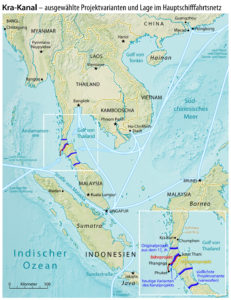 Last year, the military government under Prime Minister Prayut Chan-o-cha mandated the National Security Council and National Economic and Social Development Board to undertake studies on the Kra Canal and its implications on the country’s development. Both have yet to deliver their findings. This time around, as expected, after the debate the House of Representatives went ahead to set up a new Ad-Hoc Committee to Study the Thai Canal (Khlong Thai) with 49 active members. The committee decided to ditch the old Kra Canal for Khlong Thai, even though key players behind the scenes remain unchanged.
Last year, the military government under Prime Minister Prayut Chan-o-cha mandated the National Security Council and National Economic and Social Development Board to undertake studies on the Kra Canal and its implications on the country’s development. Both have yet to deliver their findings. This time around, as expected, after the debate the House of Representatives went ahead to set up a new Ad-Hoc Committee to Study the Thai Canal (Khlong Thai) with 49 active members. The committee decided to ditch the old Kra Canal for Khlong Thai, even though key players behind the scenes remain unchanged.
The large committee also reflects Thai politicians’ broad interests and shared desire to contribute to the proposed studies’ outcomes within the mandated 120 days. Truth be told, the committee’s members, more than they would like to admit, have both the authority and mandate to shape the country’s most important project, not to mention for the Asean region and the world. It is also an open secret that as an ad-hoc member, it is a time-sensitive assignment. Rewards and incentives are extremely high.
Today in the age of overlapping connectivity plans at regional and international levels, all the MPs were on the same page about the canal’s huge economic potential for the country’s economic development. For them, Khlong Thai is a panacea for the country’s lack of competitiveness, not to mention overall economic and political power. They think, prematurely, that the project would be a lifesaver for Thailand’s future economic growth and international profile in years to come. Some in private even say that with the canal linking two of the world’s greatest oceans, the Indian and the Pacific, Thailand would become a maritime superpower to be reckoned with, controlling one of the world’s most important chokepoints.
Today, bigger ships with increased tonnage are used to transport goods across various oceans. The time — one-and-a-half days — and shipping costs saved are still insufficient to justify the project. China’s Belt and Road Initiatives, and new shipping routes via the North Pole including the recent China-Myanmar agreement on the construction of a deep-sea port in Khawpheu [Kyaukphyu], along with high-speed rail from the port to southern China, have lessened the value of the Thai Canal in the near future. Most importantly, given the global uncertainty and rising new powers, what would the ensuing unintended strategic consequences?
Myanmar, China sign agreements on Kyaukphyu, no mention of Myitsone, peace talks
What are their motives in proposing the digging of the Kra Isthmus at this point? This is the first time that the project has become a non-partisan proposal and discussed in the National Assembly. Obviously, those MPs know that in the coming days they will be busy communicating with potential movers and shakers who will come forward with plans and incentive packages. Judging from past debates, Thai politicians know plenty of funders who would like to engage with them on this huge project.
One caveat is in order. The Thai Canal is still an idea which the politicians with constituent bases in southern Thailand along with their networks of retired generals want to play with and wish to see materialise in the future under their watch. The public should also be warned that the Thai Canal has nothing to do with any royally inspired project. Any such publicity or depiction of any claim, directly or indirectly, included in a government project, must be refuted.
Kavi Chongkittavorn
A veteran journalist on regional affairs
Kavi Chongkittavorn is a veteran journalist on regional affairs
Source: https://www.bangkokpost.com/opinion/opinion/1845214/is-digging-kra-canal-still-a-pipe-dream-#cxrecs_s
